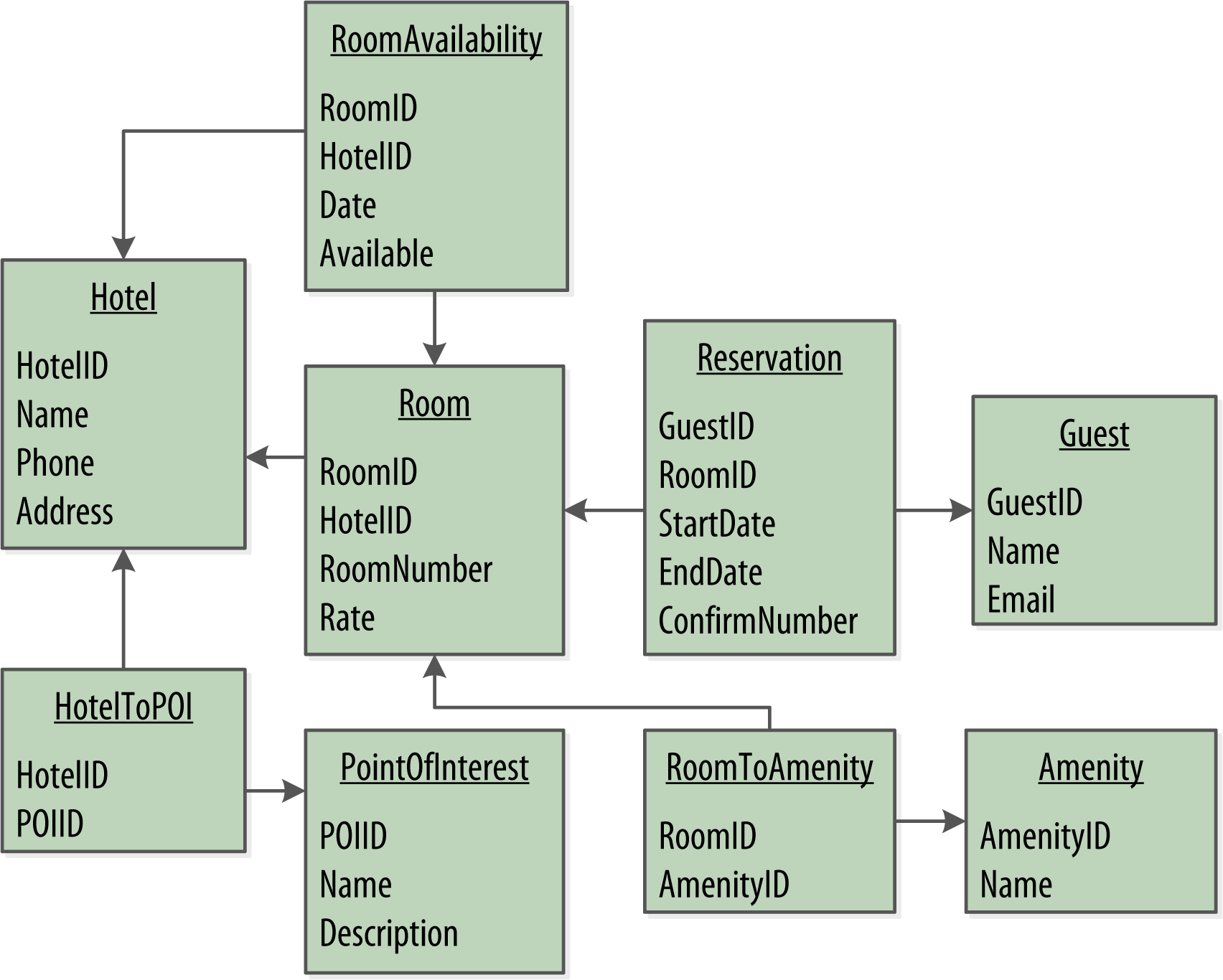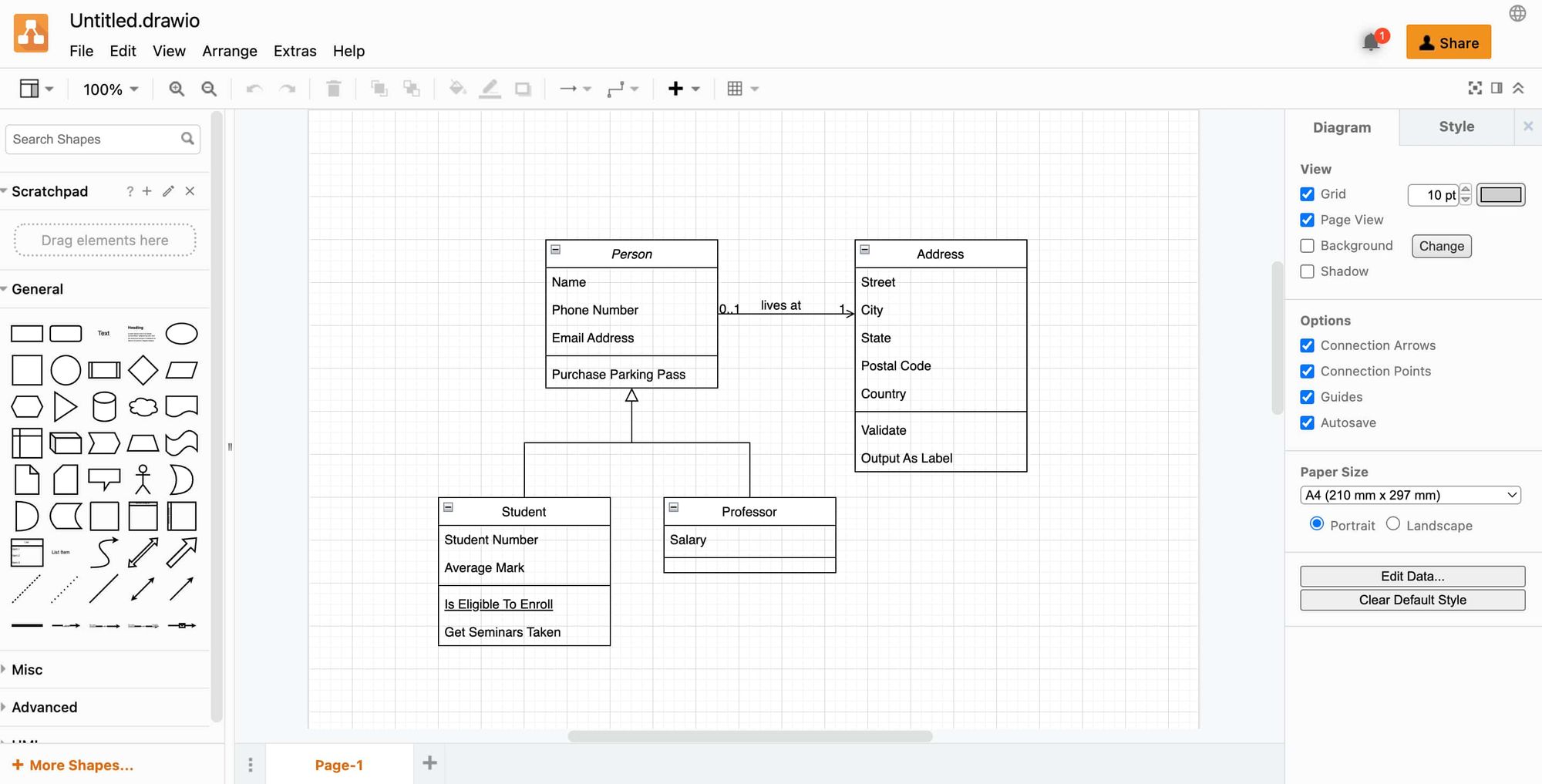Table Of Content

A relational database has become the predominant type of database. Other models besides the relational model include the hierarchical database model and the network model. Database design is a collection of processes used by data engineers and network managers to design, develop, implement, and maintain enterprise data management systems. The book does not cover relational algebra, which provides an important foundation for relational model mechanisms.
Relationships
In this module, you’ll explore the types of SQL statements, like Data Definition Language (DDL) and Data Manipulation Language (DML). You’ll learn how to create, modify, and manage tables using DDL statements and understand data movement utilities for efficient data loading and management. Additionally, you’ll dive into key database objects such as schemas, primary keys, foreign keys, and indexes, gaining insights into their roles in data organization, integrity, and retrieval. The key objectives when designing databases in DBMS are to create logical and physical designs models for your proposed system. The logical model is all about focusing on the data requirements and the specific data which needs storing – without considering its physical storage.
Relational database vs. relational database management system
Data Modeling: Part 2 — Method for Time Series Databases - The New Stack
Data Modeling: Part 2 — Method for Time Series Databases.
Posted: Tue, 14 Feb 2023 08:00:00 GMT [source]
Around the middle of the 20th century, developments in computer science led to machines with more processing power, as well as greater local and external storage capacity. These advancements led computer scientists to start recognizing the potential these machines had for storing and managing ever larger amounts of data. Data Normalization is a basic procedure defined for databases to eliminate such anomalies & prevent redundancy. A relationship can be further categorized into – unary, binary, and ternary relationships. Apply the so-called normalization rules to check whether your database is structurally correct and optimal. Take note that for every value in the parent table, there could be zero, one, or more rows in the child table.
Exploring the Different Types of Data Models
Suppose we have a table called vehicles that stores information about vehicles, and two tables called cars and trucks that store information about specific types of vehicles. We can use CTI to store all the vehicles in separate tables, with foreign keys that reference the parent table. Databases are logically modelled clusters of information, or data. Any collection of data is a database, regardless of how or where it is stored.
Database Design and Basic SQL in PostgreSQL
E.g;, if we update a row from BRANCH with BRANCH_CODE ‘CS’ to ‘CSE’, the rows in STUDENT relation with BRANCH_CODE CS (ROLL_NO 1 and 2 in this case) will be updated with BRANCH_CODE ‘CSE’. We can’t insert a row in REFERENCING RELATION if referencing attribute’s value is not present in the referenced attribute value. E.g.; Insertion of a student with BRANCH_CODE ‘ME’ in STUDENT relation will result in an error because ‘ME’ is not present in BRANCH_CODE of BRANCH.
Databases for Data Scientists

Joining tables allows you to understand the relations between the data, or how the tables connect. SQL includes the ability to count, add, group, and also combine queries. SQL can perform basic math and subtotal functions and logical transformations. These features make the relational approach the single most popular query tool in business today. Since relational databases use tables of rows and columns, they display data more simply than some other database types, making them easier to use. The relational model represents how data is stored in Relational Databases.
Keeping them inside the Products table results in many empty spaces (in those records without these optional data). Furthermore, these large data may degrade the performance of the database. Once you have decided on the purpose of the database, gather the data that are needed to be stored in the database. Relational database was proposed by Edgar Codd (of IBM Research) around 1969.
It does not include any open source database topics like Hadoop or MongoDB or their influx on the database market, learning or industry. Most of the time the book stays at a very high level, but on occasion, and without warning it jumps into great depth. For example, chapter 11 (functional dependencies) takes a sudden and deep dive into the subject of set theory and related axioms. This is not consistent in tone or apparent level of understanding of the reader. Chapter 14 (Database Users) does not have enough content to justify having it as a stand alone chapter.
The 10 Best AI Databases For Machine Learning And Artificial Intelligence - Dataconomy
The 10 Best AI Databases For Machine Learning And Artificial Intelligence.
Posted: Mon, 07 Aug 2023 07:00:00 GMT [source]
Notice that the relationship between the Participant entity and the Course entity, here modeled as ‘takes’ (i.e. a participant takes a course, a course is taken by a participant), is a many-to-many, or N-to-M, relationship. An N-to-M relationship cannot be handled simply by use of foreign keys, but instead requires us to build a separate table in our database schema. Just looking at the first paragraph of our requirements document we can see clients, office locations, teachers, and courses as possible entities for our database. Now we have two tables, each for a particular entity — the products sold in our store, and the brands who produce them.
To ensure uniqueness, each table should have a column (or a set of columns), called primary key, that uniquely identifies every records of the table. For example, an unique number customerID can be used as the primary key for the Customers table; productCode for Products table; isbn for Books table. A primary key is called a simple key if it is a single column; it is called a composite key if it is made up of several columns.
If the tuple contains a candidate or primary key then obviously it is unique; however, a primary key need not be defined for a row or record to be a tuple. The definition of a tuple requires that it be unique, but does not require a primary key to be defined. Because a tuple is unique, its attributes by definition constitute a superkey.
Today, both SQL and the databases that implement it deviate from Codd’s relational model in several ways. For instance, Codd’s model dictates that each row in a table should be unique while, for reasons of practicality, most modern relational databases do allow for duplicate rows. There are some that don’t consider SQL databases to be true relational databases if they fail to adhere to each of Codd’s specifications for the relational model. In practical terms, though, any DBMS that uses SQL and at least somewhat adheres to the relational model is likely to be referred to as a relational database management system.
After reading this article, you should have a solid understanding of how relational databases work. You should also be familiar with some of the most notable examples of relational database management systems. It's important to learn about database design to get a better understanding of how relational databases work and how to display the data structure within the database. Learning about database design would help you analyze the requirements of the database for an organization and design a logical and physical model for the database. The relational data model provided a standard way of representing and querying data that could be used by any application. From the beginning, developers recognized that the chief strength of the relational database model was in its use of tables, which were an intuitive, efficient, and flexible way to store and access structured information.
While the book at least mentions all of the key terms, it is not clear that these concepts are covered in sufficient depth to really serve as a practical guide for new practitioners. The overall flow of the book and the writing style is fairly consistent. Students who understand the earlier chapters should be able to continue with the later chapters without much difficulty.

No comments:
Post a Comment